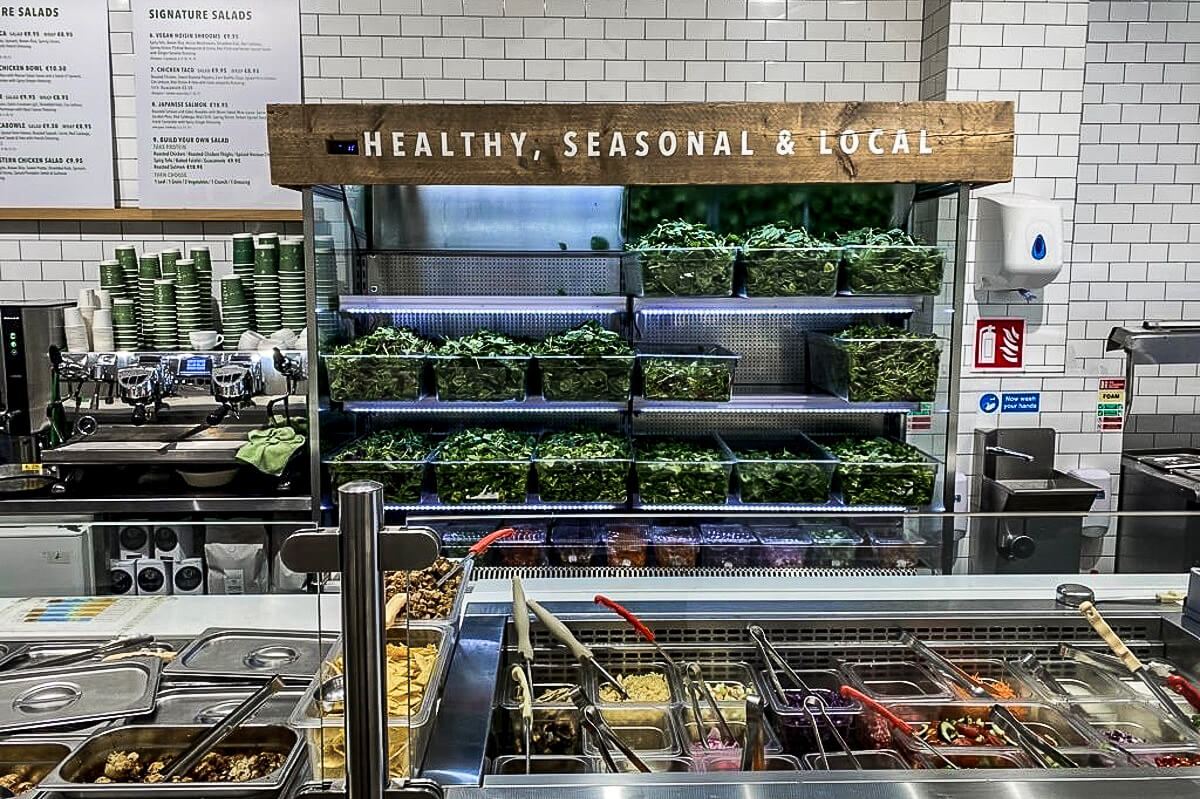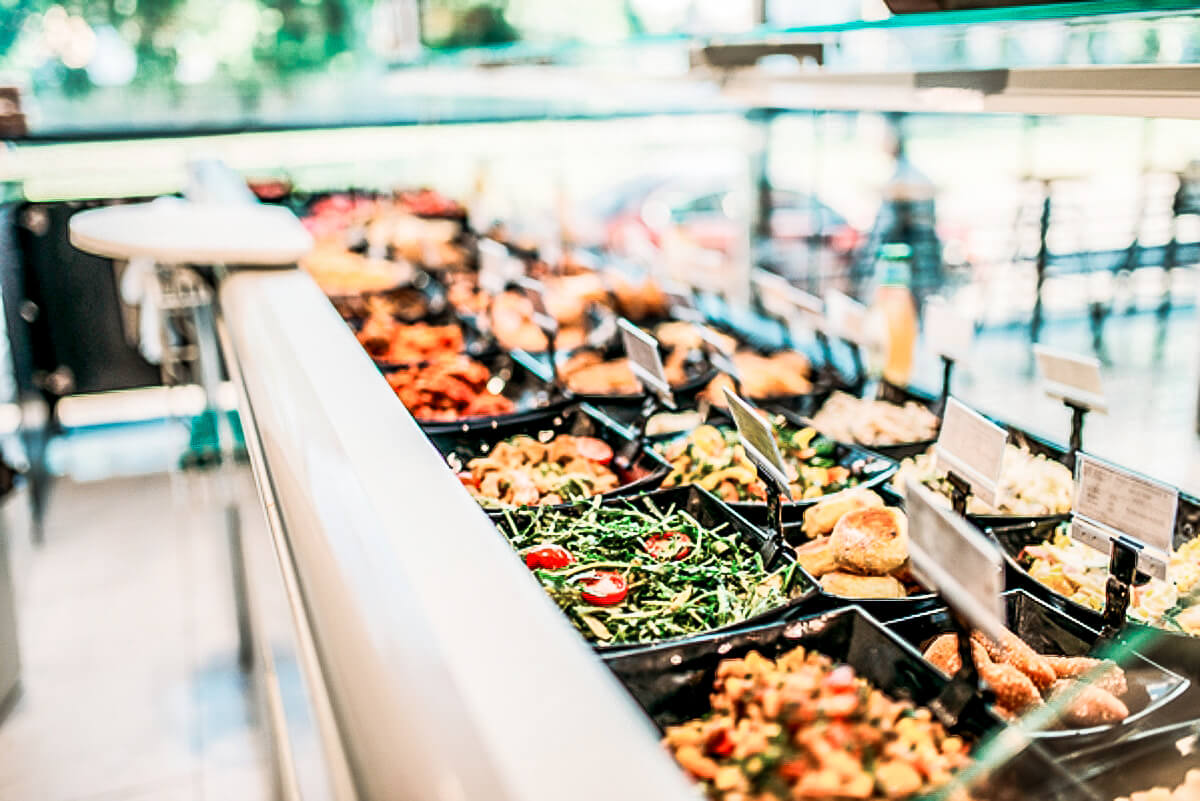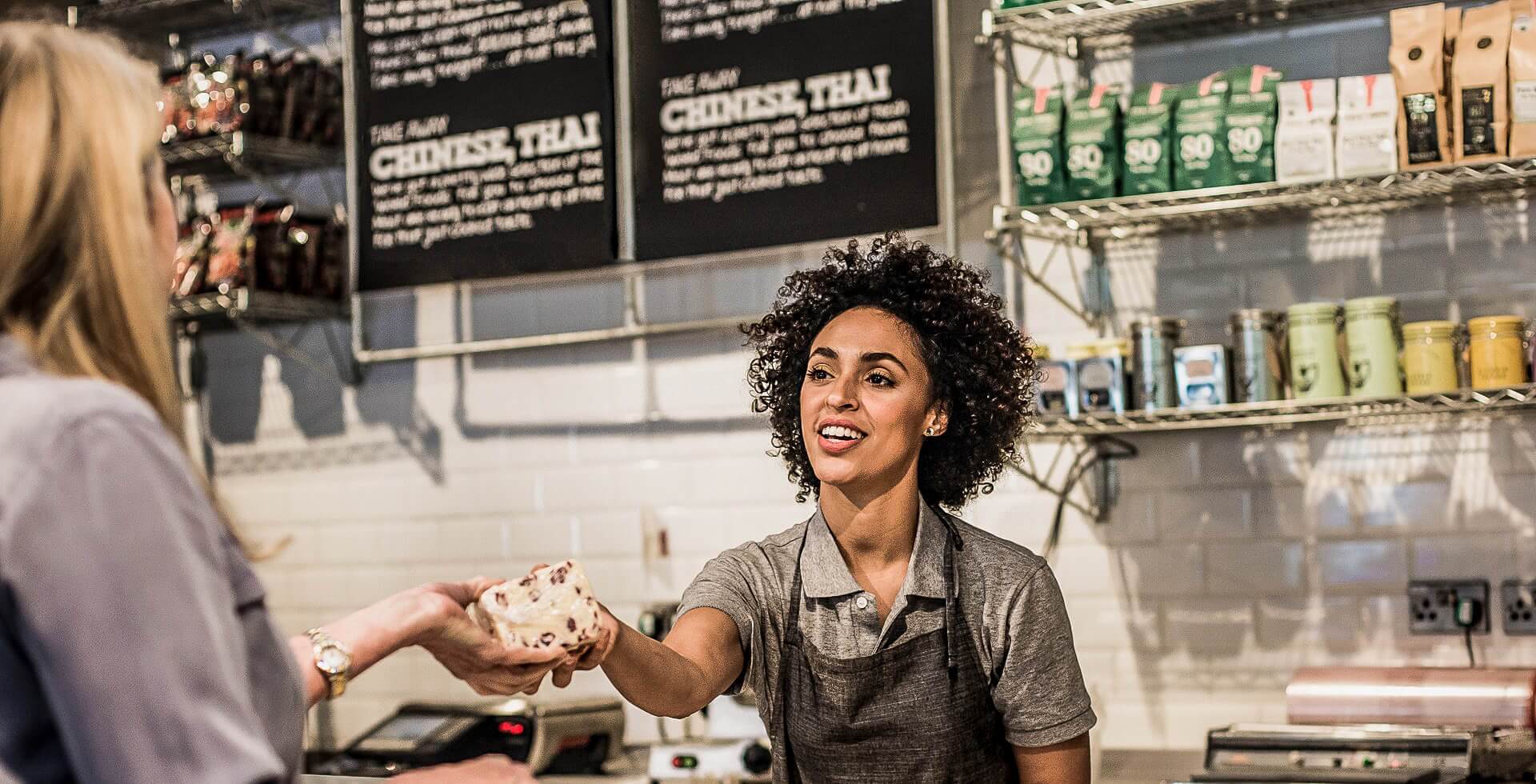A driver goes into a gas station, sits down at a table and orders a hot meal that tastes good. What sounded like a lottery in the past is no longer so rare today. In fact, the opposite is true. “In Ireland, there are many gas stations that serve good, really good hot food,” says someone who is definitely in the know: Scott Annan. He is one of the most active consultants in the food retail industry.
For decades, Annan has been observing the development of retail gastronomy and advising the industry’s big players, from Japan to America and England. Here’s the thing about gas stations: They show how widespread the availability of hot food has become. But when it comes to hot food, there’s not just a lot of money to be made at restaurants or gas stations. Above all, it’s also ideal for supermarkets.

Image: Retail Summit
Hot food in supermarkets sets them apart from discounters
This is true for several reasons. For one, it has to do with the rise of supermarket discounters. Over the past thirty years, no matter how cheap certain products were in established supermarkets, you could always find a discounter selling them for even less. One way of achieving this was by creating private labels, which keep external costs and price fluctuations low. Another was to simplify how products are presented, which saves time and therefore personnel costs.
As everybody knows, the general motto at discounters is: Food has to be affordable. The response of the major supermarket chains, which had come under pressure, was therefore not only to justify their prices by offering better quality food – for example with certified organic and regional products. They insisted that shopping must become a real experience, too. An experience that should turn customers into guests. Shopping should become more. As many supermarket chains have now proven, the best way to do this is by offering hot food.

Image: Fotolia
Meal offering as USP
“Global sales of food, in other words what we call food service, amount to three trillion US dollars,” explains Annan. “Around one trillion of this is accounted for by the retail sector.” And this trend is increasing because hot food is a growth market. The figures from the USA alone prove this: In February 2023, spending on food service in the USA amounted to a whopping 95 billion US dollars, compared to just 72 billion for food purchases from supermarkets.
The numbers man Annan draws a pragmatic conclusion from this. “We all eat and drink three times a day. That’s more than 1,000 sales opportunities for every person out there every year. Pretty impressive, right?” Yes, it certainly is. Especially when you consider that the margins on hot food in supermarkets are surprisingly high. According to Annan, depending on the country and offer, it can generate a profit margin of between 60 and 120 percent. But why? And how?
“It’s a misconception to see hot food as something that’s just prepared and served,” says Annan. “Hot food can also be packaged, chilled or frozen in different quantities and then sold as a private label in your own supermarket. Many supermarkets are now doing this – and creating impressive added value in many ways.”
Why? Because they create a unique selling point for customers with individual dishes – whether they are packaged cold or served warm – that can be used in different ways. And yet recent years have shown that hot dishes, seemingly freshly prepared in front of customers, are the ultimate sales booster. A special way of providing this offer has proved particularly successful.

Image: AdobeStock
What counts when it comes to hot food in supermarkets
“More and more supermarkets are successfully relying on open kitchens,” explains Annan. What is usually never missing: a combi-steamer from Rational. No wonder, considering it only takes up a single square meter of space. This is an enormous advantage for planners and owners, especially in supermarkets where every inch of sales space counts. What’s more, it is suitable for a wide variety of preparation methods that are essential for a hot meal. Whether it’s pastries that need to be baked quickly, stews, sauces or side dishes, everything can be reheated accurately or cooked to order with the roast function.
“In supermarkets with large shopping areas, the open kitchen is often in the middle. This is what I have noticed in Japan or America. In smaller supermarkets, it is often located in the entrance or exit area.” Similar to catering, the open kitchen creates trust. Customers know they are getting something freshly prepared there. The benefit for a supermarket may well be much greater than for a restaurant. If the customer likes it, they won’t just connect the good taste with the cuisine itself. They will also connect it with the food on offer in the supermarket.
This makes it all the more important to communicate efficiently which foods from the supermarket range are used in preparing hot meals. “It doesn’t really matter whether you eat the hot food in supermarkets at a table in a guest area or take it with you,” explains Annan. “It’s still primarily about the meal itself, it’s a brand ambassador enough!”
It comes perhaps as no surprise that Annan doesn’t think much of co-working spaces or other seating arrangements that have elevated the mere amount of time spent in a supermarket to the measure of all things. “When you tell people, come and sit down here, then they just come and sit down. Some may order a coffee, which they sip for two hours. Others eat nothing at all. Personally, I think you’re losing out on a lot of opportunities if you do things this way.” Opportunities, this much is certain, that an increasing number of supermarkets in Europe will have to take advantage of in the future. Not to mention gas stations. Ireland is leading the way: Hot food apparently works everywhere.















